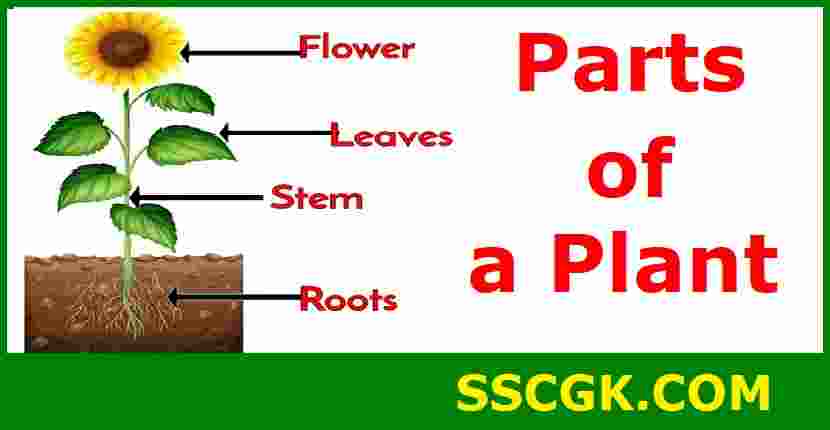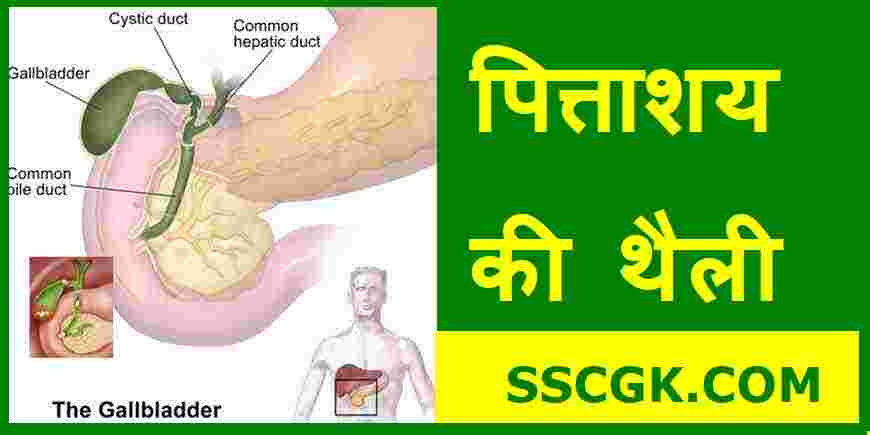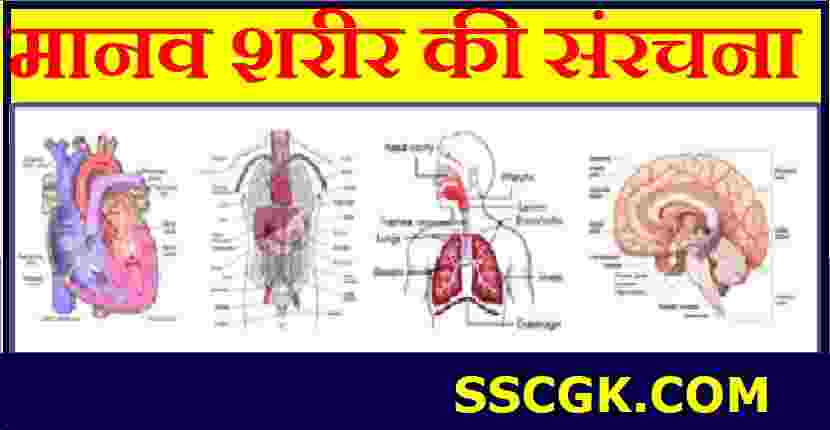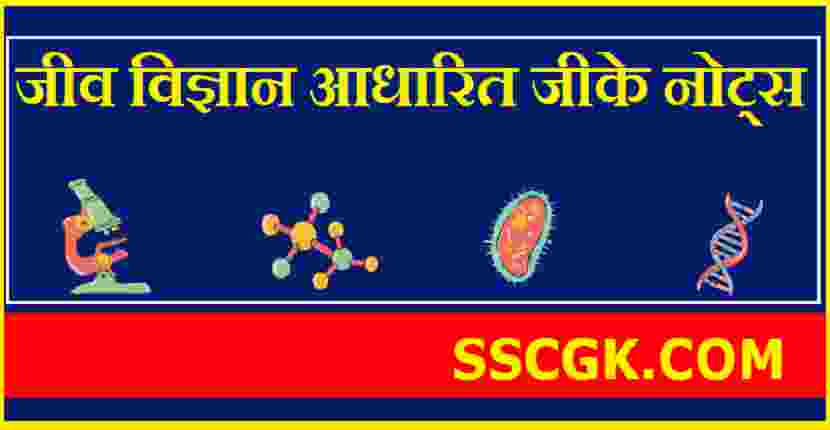In this article today we shall discuss about Parts of A Plant in detail. In the earlier post you have read about FWB Meaning in detail.
Parts of A Plant:-
Once you have established the names of various types of plants in the English language, you may want to further your knowledge by learning how to describe the different parts of a plant. This is particularly important for people whose jobs require this type of knowledge or for those who are studying biology in an English speaking country.
In this section, you will be able to find out the English names for the parts of a plant and this will assist you greatly in sounding more like a native speaker. Learn these plant parts names to enlarge your vocabulary words about flowers and plants in English.
There are four main parts of a plant. The first is the roots, which grow underground and help the plant to absorb water and minerals. Then, there is the stem, which is a green tube-like part that grows out of the ground and supports the plant. The leaves are the parts that grow off the stem and perform photosynthesis, which is the process by which light is taken into the plant and transformed into chemical energy to keep the plant healthy and oxygenated. And finally, flowers are parts of a plant that also grow from the stem, but they have petals and help the plant’s reproduction.
इंग्लिश में पौधे के भाग-
A plant is made up of many different parts. The three main parts are: the roots, the leaves, and the stem. Each part of has very important functions.
No.1. Parts of a Plant-
(1). Seed
(2). Sprout
(3). Stem
(4). Leaf
(5). Berry
(6). Bud
(7). Flower
(1). Seed– She grew all the broccoli plants from seed.
(2). Sprout– A sprout can take just so much and then no more.
(3). Stem– Cut the stem cleanly, just beneath a leaf joint.
(4). Leaf– I am perhaps the only person who ever saw that leaf.
(5). Berry– The berries had long ago withered on the tree.
(6). Bud– The bud develops into a flower.
(7). Flower– The plant has a brilliant red flower.
No.2. Parts of a Flower
(1). Pollen
(2). Stigma
(3). Sepal
(4). Stalk
(5). Petal
(1). Pollen– Nectar and pollen are very nutritious.
(2). Stigma – Pollen must be transferred by hand from one flower to the stigma of another flower on a separate plant.
(3). Sepal– The sepal is usually green. It can protect the flower bud.
(4). Stalk– Two flowers usually develop on each stalk.
(5). Petal– The flower has five petals.
No.3. Parts of a Tree
(1). Trunk
(2). Branch
(3). Root
(4). Ring
(5). Thorn
(6). Bark
(7). Log
(1). Trunk– The tree trunk was hollow inside.
(2). Branch– I chopped a branch off the tree.
(3). Root– The young trees have struck root.
(4). Ring– The cottage was surrounded by a ring of trees.
(5). Thorn– There is no cactus without a thorn.
(6). Bark– You can’t judge a tree by its bark.
(7). Log– He split the log into several pieces.









